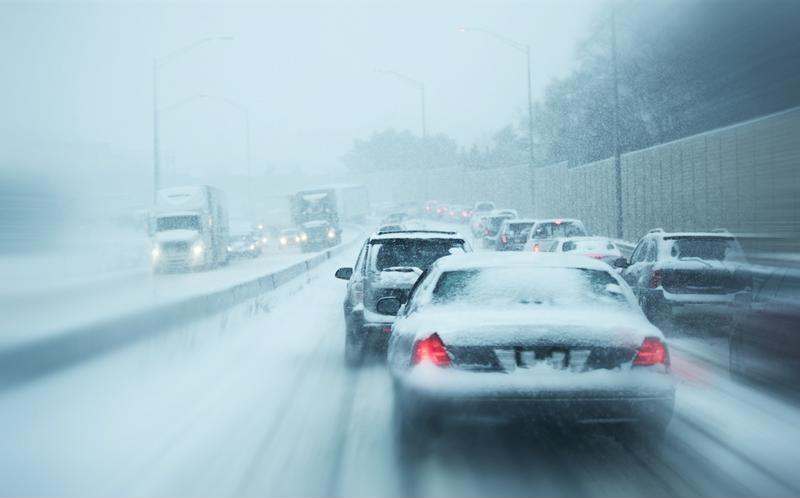

Most vehicles have a difficult time driving in bad weather conditions, but they're able to overcome the challenge due to careful and focused driving on the part of the operator. By their nature, however, autonomous vehicles (AVs) don't have the luxury of relying on human drivers when conditions get wet and slippery, presenting a serious problem they haven't quite overcome.
Some manufacturers have recognized this shortcoming and are working to mitigate it by testing AVs in colder and wetter climates, while others are equipping theirs with specially-designed equipment to help them better navigate poor conditions. Continue reading below to learn more about how AVs drive in bad weather and what is being done to boost their capabilities.
Why is bad weather such a problem?
Bad weather presents a number of challenges for AVs. They typically rely on a complex system of cameras, lights and sensors to build an image of their surroundings and detect potential obstacles, and these devices are highly susceptible to damage and distortion when the weather gets bad, according to Forbes magazine.
Choosing where to test AVs matters
Most of the companies involved in developing driverless vehicles are only testing AVs in warm weather areas, including in California, where self-driving delivery services have already been greenlit for this year, according to Axios. Perhaps there's good reason for this. It's far easier to test a new technology in the calmest and most controlled conditions possible, especially if it is particularly vulnerable in bad weather. They may feel that once that technology has been mastered in controlled environments, then they can more confidently adapt it to harsher regions.
Other manufacturers, however, are looking forward and have already begun testing their models in colder climates, hoping to get ahead of the competition by rolling out AVs that are suitable for all weather conditions. Results so far have been underwhelming.

Fitting the right technology
Leading manufacturers, however, are designing AVs to make them better equipped to navigate bad weather. This includes better wipers to maintain visibility and heat shields to prevent snow and slush buildup, both of which are meant to keep cameras and sensors clear and functional, according to Car and Driver.
Neither of these fixtures appear to have significantly boosted their bad weather capabilities, however. Axios reported that they did little to improve the drivability of AVs in bad weather, still leaving them best-suited for warm weather regions.
Smart roads could be the way out
The ultimate solution could be redesigning roads using smart technology. Almost all AVs are currently built for use on traditional road infrastructure, but some designers are toying with the idea of giving AVs the capability of communicating directly with the roads themselves, according to National Review magazine.
Smart roads would gather an enormous amount of data from pedestrians and other vehicles and share relevant pieces with each individual AV. Instead of having to rely solely on their own detection systems, AVs could draw on highly accurate information about their surroundings they receive from the smart roads, helping them make better and safer driving decisions even when they can't rely on their own systems.
The future is bright
While driverless vehicles are increasingly developed and tested for safety, they have yet to sufficiently overcome the challenge of driving in bad weather conditions. Manufacturers have attempted to find a way around the problem, but there is yet a catchall solution.
Still, the development of AVs is moving at a rapid pace, and it wasn't long too ago when experts and the general public alike wondered whether they would ever be fit for mass use. Driverless vehicles have come a long way since then, so it's reasonably imaginable that AVs will someday soon have the capability to drive in all weather conditions, good and bad.
Bad weather is a particular problem for AVs, but it is a challenge for all drivers. A high-performing brake system will ensure that you are able to safely navigate the roads when the weather gets bad. Greening Testing Laboratories is a fully certified brake testing lab that provides a variety of brake testing services worldwide. Contact Greening for complimentary consultation.